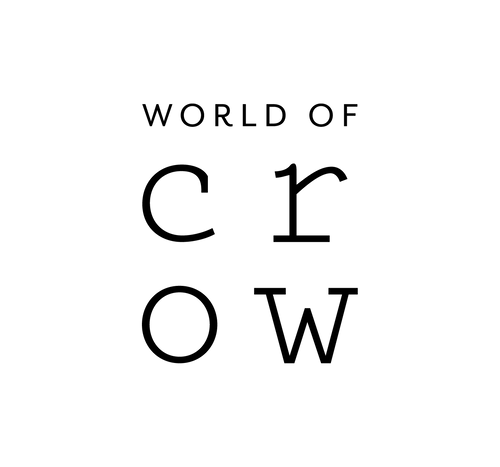Carbon Offset
As the world becomes more aware of the impact of climate change, more and more individuals and organizations are looking for ways to reduce their carbon footprint. At World of Crow, we believe that offsetting carbon emissions is one important way to help mitigate the effects of climate change. That's why we are proud to partner with Native.eco to offer a carbon offset program that allows individuals and businesses to take action against climate change.
The concept of carbon offsetting is relatively simple. When an individual or business engages in activities that produce carbon emissions, such as flying or driving a car, they can offset these emissions by investing in projects that reduce or remove an equivalent amount of carbon from the atmosphere. This can be achieved through a variety of projects, such as planting trees, investing in renewable energy, or supporting energy-efficient technology.
The Native.eco carbon offset program that we have partnered with focuses on the development of renewable energy projects in India. These projects generate clean, renewable energy that displaces fossil fuel-based energy sources, reducing greenhouse gas emissions and helping to mitigate the effects of climate change. By supporting these projects, individuals and businesses can offset their own carbon emissions and help support the transition to a more sustainable energy future.
One of the benefits of this carbon offset program is that it allows individuals and businesses to take immediate action against climate change. While reducing carbon emissions through lifestyle changes or investing in renewable energy technologies may take time, offsetting carbon emissions through the Native.eco program is a simple and effective way to take immediate action. And by supporting renewable energy projects in India, individuals and businesses can help support sustainable development and economic growth in communities that need it most.
At World of Crow, we are committed to reducing our own carbon footprint and helping others do the same. By partnering with Native.eco and offering a carbon offset program, we hope to inspire others to take action against climate change and support the transition to a more sustainable future. Whether you're an individual or a business, we invite you to join us in this important effort and make a meaningful contribution to the fight against climate change.

